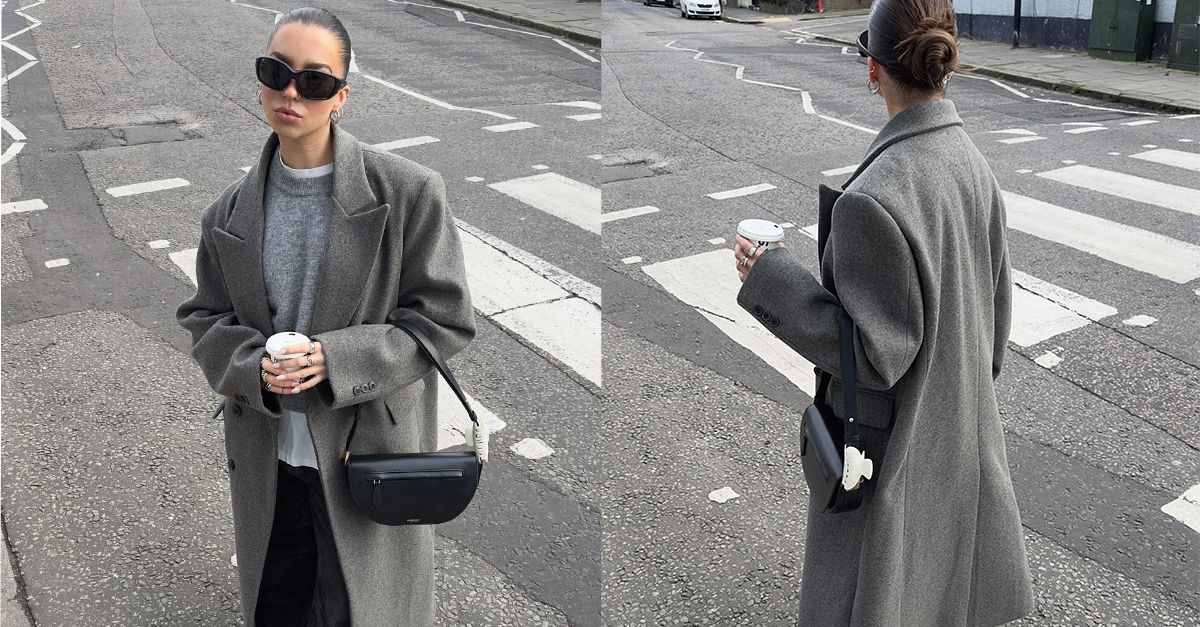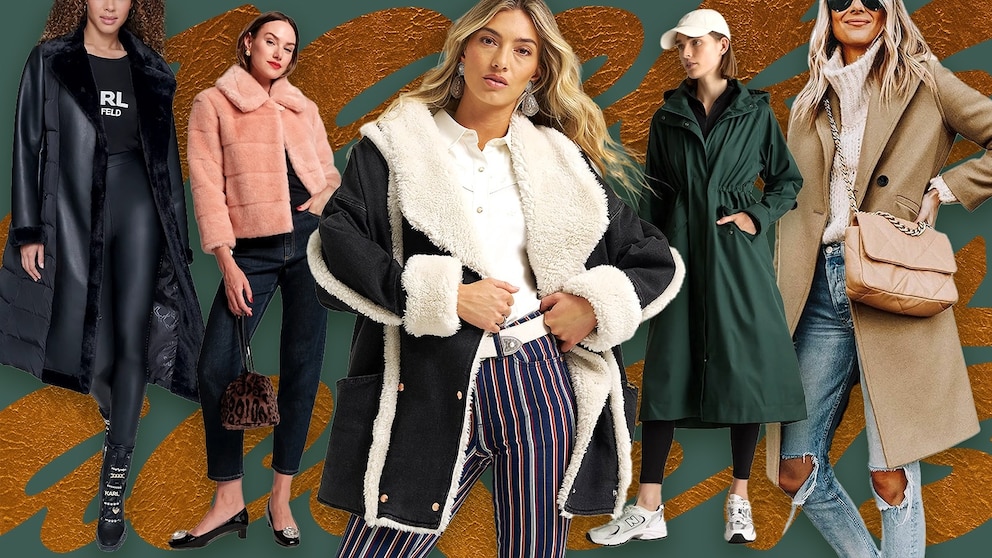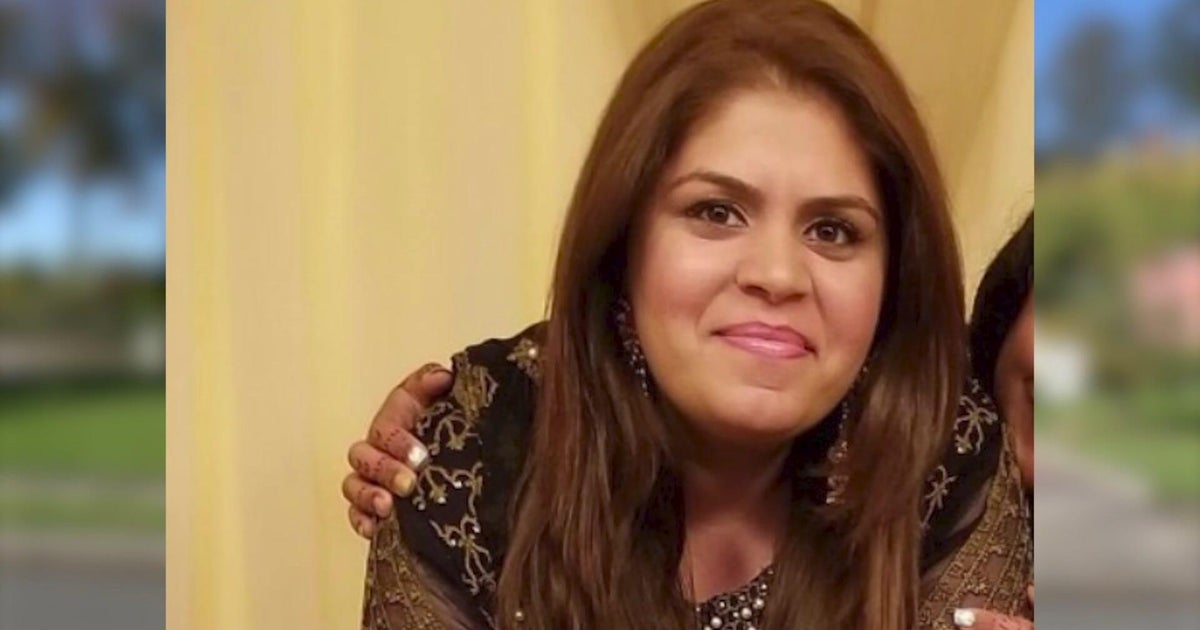
BANGKOK — Princess Sirivannavari presided over the 2025 Academic Symposium on Knowledge Development for Global Product Development in Bangkok on August 13, delivering a keynote on sustainable fashion and Thai textile promotion.
The Princess delivered a lecture on “Promoting and Developing Thai Textile Image Globally in 2025” alongside Kulwit Laosuksri, Executive Editor of Vogue Thailand, and Thananrat Thanasettakarn, Advisor to the Fun Thai Fabric Project.
Focus on Sustainable Fashion as Lifestyle
The main content emphasized that “sustainable fashion” is not merely a “trend” but a “way of life” of our era. Future fashion must be more than creating new things and requires vital energy to restore balance to our world through creative approaches that blend art, handicrafts, and technology. It is essential to have an integrated perspective between “beauty” and “responsibility.”

The Princess’s vision is detailed in the newly released Thai Textiles Trend Book Autumn/Winter 2025-2026. The book presents “The Future of Fashion: Creating Innovation for a Sustainable World” through four main trends conceptualized by Princess Sirivannavari:
1) The Grounded Naturalist (Contemplation – Life)
Natural landscape colors extracted from pure materials without artificial enhancement.
2) The Free Spirit Adventurer (Freedom – Adventure)
Inspired by migrant species that adapted to new environments, such as Mediterranean marigolds, Japanese cranes, South American butterfly pea flowers, and Indian-Indonesian golden teak.

3) The Enigmatic Wanderer (Wandering – Mystery)
Feminine and unpredictable symbolism through red, purple, orange, and pink tones found in mysterious flowers like dahlias, chili peppers, and Sangkranee flowers from the Ramayana.
4) The Dynamic Trailblazer (Pioneering – Dream Creation)
Agricultural cycle colors from dark fertile soil to harvest, including elephant dung green, moonflower light green, yellow Choy Jor, orange aloe flowers, golden Sone fields, pink Makwan fruit, and orange Matum flesh.
Fascinating Fibers Section
The book also explores 12 natural fibers including silk, eri silk, lemongrass, hemp, cotton, lotus, galangal, banana, pineapple, bamboo, water hyacinth, and dahlia fibers.
It showcases sustainable techniques like hemp denim weaving, crochet work, and upcycling waste fibers, demonstrating how traditional crafts and sustainability can coexist in future.

_________
link







